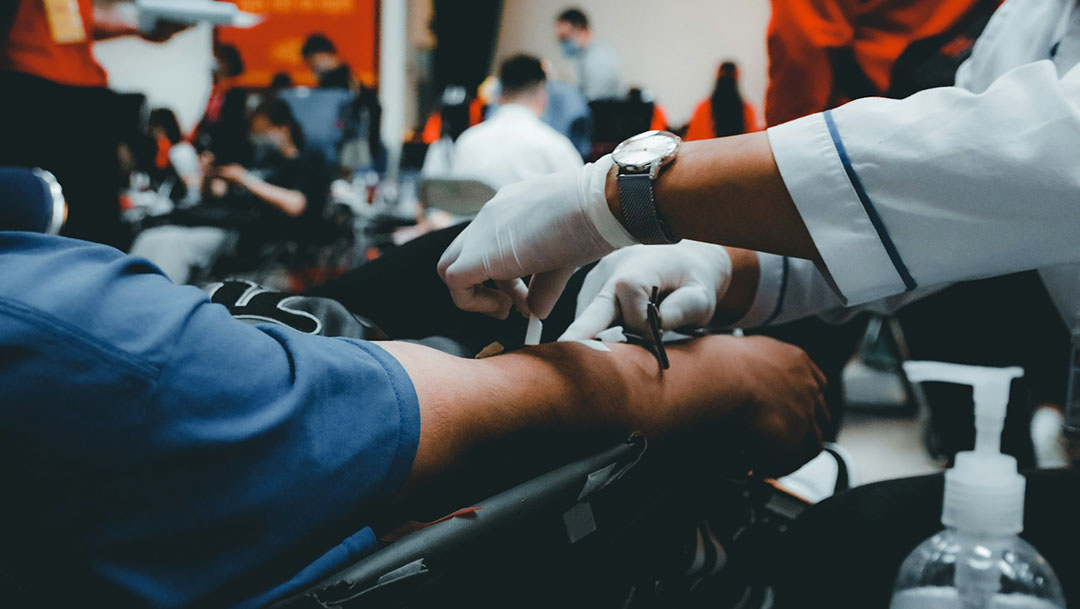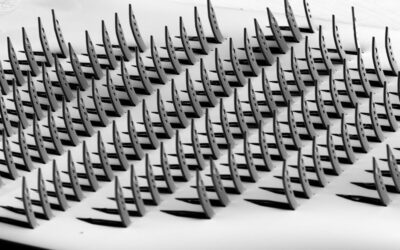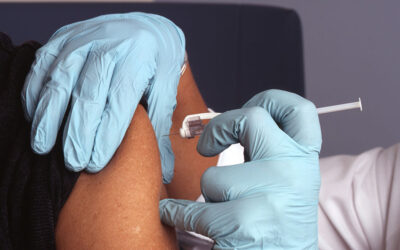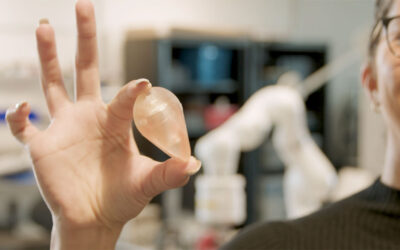Regularly donating blood helps save lives but it turns out it may also cause beneficial changes to your own blood.
All blood cells in the body start from a pool of stem cells in bone marrow. Over time stem cells naturally accumulate small mutations which then give rise to clones of blood cells with these changes.
Why some groups of clones become more prevalent overtime is influenced by environmental factors like infections, chemotherapy, or blood loss. Because blood donation forces stem cells to make replacements it can therefore select for certain pools of clones.
To better understand how blood donating affects blood cells over time researchers at the Francis Crick Institute in the UK and the German Cancer Research Center analyzed samples from 200 individuals who regularly donate blood and compared them with people who have only donated blood less than five times total.
Both groups had similar levels of blood cell clones with varying sets of mutations. However, when the team looked at a gene known to carry mutations often found in people who gone on to develop leukemia, so-called preleukemic mutations, they saw that frequent blood donors didn’t have the preleukaemic changes, instead, they accumulated changes in other areas of the gene.
To see what these changes mean for individuals and blood cell function the team edited human stems, some with the preleukemic mutations and some with the blood donation changes. These two types of cells were then grown in the lab in two environments. The first contained a hormone called EPO which is increased after donation and that stimulates blood cell production. The second contained inflammatory chemicals to mimic infections. The preleukemic cells grew well in the inflammatory environment and not the other while the donation cells grew well in the EPO environment suggesting that the changes in blood donators were in response to blood loss.
Next, the team injected the edited cells into mice, some of which had blood removed and were given EPO injections to mimic the stress associated with blood donation. Again, the two groups of edited cells responded differently.
Cells with blood donation mutations grew normally in control mice and promoted blood cell production in the mice mimicking blood donation stress without becoming cancerous. The preleukemic cells produced a large increase in white cells in both control and stress mice.
According to the researchers this shows that blood donation selects for mutations that help cells during blood loss and not for mutations that lead to blood cancer.
In a press release, senior author Dominique Bonnet at the Francis Crick Institute said, “Activities that put low levels of stress on blood cell production allow our blood stem cells to renew and we think this favors mutations that further promote stem cell growth rather than disease.”
Bonnet added that, “Our sample size is quite modest, so we can’t say that blood donation definitely decreases the incidence of pre-leukemic mutations and we will need to look at these results in much larger numbers of people.”
Another possible driver for the changes is that people who are eligible to donate and do so regularly are likely to be healthier. “But the insight it has given us into different populations of mutations and their effects is fascinating,” said Bonnet.
Hector Huerga Encabo, joint first author of the researcher also with the Francis Crick Institute explained the next steps for this work in the press release. “We’re now aiming to work out how these different types of mutations play a role in developing leukemia or not, and whether they can be targeted therapeutically.”
Reference: Darja Karpova, Hector Huerga Encabo, et al. Clonal hematopoiesis landscape in frequent blood donors, Blood (2025). DOI: 10.1182/blood.2024027999

















